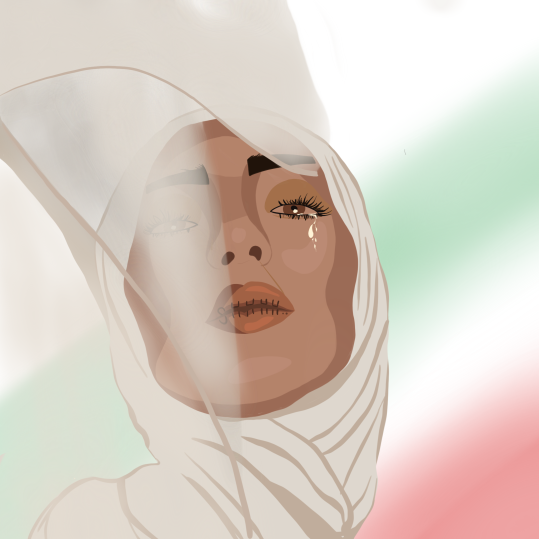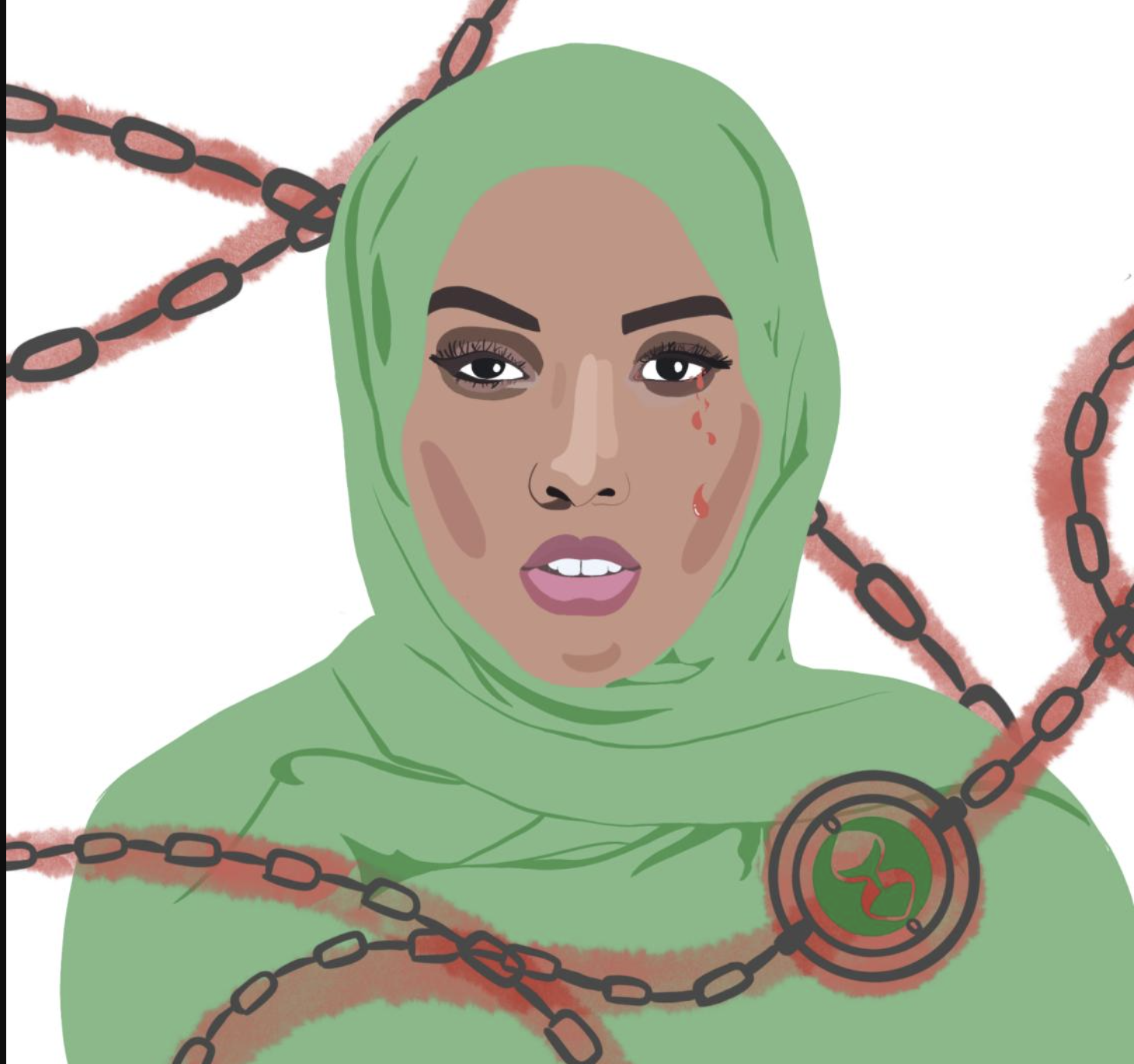Women’s subordination within our patriarchal society originated from the labor division during the Neolithic Era, where women assumed a domestic role, while men acted as the providers for households. As our societies developed, new forms of sexual discrimination and unequal treatments continued this subordination. For example, during the industrial revolution, women faced a limited choice of employment of mainly teachers and servants, while men took on other employment opportunities, like farmers and craftsmen. In the present day, the increasing influence of feminism has led women to fight for their rights and freedom, and their effort have only been successful through the hard work and perseverance of many brave advocates and martyrs.
For the past centuries, many countries continue to oppress women’s rights. Iran, also known as the Islamic Republic, has been one of the most restrictive countries on women’s rights. In a recent report made by the World Economic Forum, rating countries on the “economic participation, educational attainment, health, and political survival of women” (Radio Free Europe Radio Liberty), Iran ranked 143 out of 146 countries. The statistics were especially poor in the categories of Economic Participation and Opportunity and Political Empowerment. In 2021, only 6% of the seats in the Iranian parliament were held by women. In 2020, only 19% of senior and middle management positions consisted of women. These sets of reported data show the limitations women face in politics and economics. However, the issue at hand is due to the oppressive social dress codes enforced by government and patriarchal policies, giving the women of Iran no room for freedom.
Currently, in support of Mahsa Amini, a young woman who was recently made a martyr for women’s rights, people around the world have risen up to fight against the oppression placed on women in Iran. After being violently arrested by the morality police and beaten for breaching hijab dress codes, Amini died in the hospital. According to state news, she reportedly went into cardiac arrest, falling into a coma. However, her mother reported that Amini was only 22 and was in perfect health, making it likely that the true cause of her death was due to the torture she experienced in police custody.
Following Amini’s death, protests spread quickly through the power of social media, inspiring many youths to participate in these rallies and connect to fights against the unjust towards women. Many of them show their support by defying hijab laws, like removing their hijabs, burning them, and waving their hijabs in the air with their hair uncovered. In response to these protests, the government has reacted through gun usage, surveillance, and internet restrictions, leading to many injuries and thousands of fatalities. Security forces have raided schools across the country in order to contain the protests, resulting in hundreds of people, including children, being killed, with even more injured. Additionally, among the 15,000 people detained, the average age of the protesters is 15 years old.
As protests in Iran continue for more than eight weeks, people around the world show support through their own rallies and spread the topic on social media. In order to liberate the women of Iran and bring global equality, we must continue to address the protests in Iran, while showing one stance of unity against the oppression they face.
Sources:
Begum, Rothna. “Iranian Women’s Demands for Freedom Must Be Heard.” Human Rights Watch, 16 November 2022, https://www.hrw.org/news/2022/11/16/iranian-womens-demands-freedom-must-be-heard. Accessed 29 November 2022.
“Iranian women burn their hijabs as hundreds protest death of Mahsa Amini.” CNN, 21 September 2022, https://www.cnn.com/2022/09/21/middleeast/iran-mahsa-amini-death-widespread-protests-intl-hnk. Accessed 29 November 2022.
“Iran’s Tactics During Protests.” The Iran Primer, 21 October 2022, https://iranprimer.usip.org/index.php/blog/2022/oct/21/irans-response-protests. Accessed 29 November 2022.
Jozwiak, Rikard, et al. “Iran Ranks Near Bottom In Gender-Gap Index.” Radio Free Europe, https://www.rferl.org/a/iran-gender-gap-report/31941726.html. Accessed 29 November 2022.
Levitt, Michael, et al. “Iran’s government is struggling to control growing women’s rights protests.” NPR, 10 October 2022, https://www.npr.org/2022/10/10/1127889094/irans-government-is-struggling-to-control-growing-womens-rights-protests. Accessed 29 November 2022.
Makoii, Akhtar, and Tara Cobham. “Iranian woman, 22, dies after she was violently arrested.” Daily Mail, 16 September 2022, https://www.dailymail.co.uk/news/article-11219849/Iranian-woman-22-dies-violently-arrested.html. Accessed 29 November 2022.
“Preface - Global Gender Gap Report 2022 | World Economic Forum.” The World Economic Forum, 13 July 2022, https://www.weforum.org/reports/global-gender-gap-report-2022/in-full. Accessed 29 November 2022.
Written by Sophia Huang
Art by Chanah Yin

 History of Iran's Morality Police: How Controversial are They?
History of Iran's Morality Police: How Controversial are They?